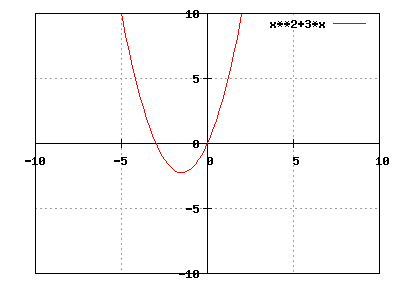User:Katharina-l
Hello, my name is Katharina and I`m 16 years old.I`m a student at Gisela-Gymnasium(secondary school) in Munich.
Sandbox
Test
Test
x(t)= x0 +vt
[math]\Delta x[/math] = v[math]\Delta t[/math]
v=[math]\frac{x}{t}[/math]
v=[math]\frac{x_1-x_0}{\Delta t}[/math]
x1(t)= x2(t)
x1+v1t= x2+v2t
x1-x2=(v2-v1)t
t=[math]\frac{x_1 -x_2} {v_2 - v_1}[/math]
=[math]\frac {173m-25m}{28 km/h - 11 km/h}[/math]
Translation
1 movements with constant acceleration
O 1.1 experiment 2.1: accelerating a cart on an inclined plane
O 1.2 Exercise 2.1: Analysis of the experiment 2.1
O 1.3 Exercise 2.2: Experiment 2.1 with a different inclination
O 1.4 Theory of the acceleration
O 1.5 Exercise 2.3: Checking the acceleration
Movements with constant acceleration Experiment 2.1: accelerating a cart on an inclined plane
We use the same experimental setup as in the experiment 1.1, except that this time the level at which the car is rolling down is even more inclined. We call this a inclined plane. Not only friction is balanced, but also the car is getting faster and faster. The result is an accelerated movement.
Control strip of a movement on the inclined plane, track (A)
Examine the control strip, which is described . by the needle. Whereby do you recognize that the velocity increases in the course of time? Exercise 2.1: Analysis of the experiment 2.1
Determine the current velocity of the cart at time t = 0.1 s, 0.2-, 0.3-… and compile the results in a diagram! Use two neighbouring needle stitches!
The paper has a checkered box width of 0.50 cm.
Note: The amount of time between two stitches is only 1 / 50 s = 0.02 s, not 1 / 100, as in experiment 1.1, as the electromagnet works with a frequency of 50 Hz.
Now make a proper tv-Diagram of the movement! Consider first the size of axles and their inscription!
Solution
Aufgabe 3.9: Jumbostart
Ein Jumbo-Jet (B747) hat die Gesamtmasse 330 t. Die maximale Schubkraft der vier Triebwerke ist insgesamt 9,0 • l05 N. Für den Start wird aus Sicherheitsgründen mit einer Schubkraft von 8,2 • 105 N gerechnet. Während der Startphase müssen Rollreibungs- und Luftwiderstandskräfte ausgeglichen werden, die im Mittel zusammen 2,7 • 105 N betragen. Der Jumbo hebt ab, wenn er die Geschwindigkeit 300km/h erreicht hat.
a) Wie lange dauert der Start?
b) Welche Länge muss die Startbahn mindestens haben?
c) Aus Sicherheitsgründen sind die Startbahnen etwa 3,0 km lang. Welche Schubkraft würde bei dieser Startbahnlänge ausreichen? Gelänge der Start noch, wenn eines der vier Triebwerke ausfiele?
Lösung a:
a) geg.: m = 330 t = 330.000 kg ; FSchub = 8,2 * 105 N ; FReib = 2,7 * 105 N ; v = 300 km/h = 83,3
ges.: t
Lsg.:
F = m * a
FS - FR = m * a
---> a = = = 1,66666...7 ~ 1,7
Lösung b:
b) ges.: x
Lsg.:
v² = 2*a*x
---> x = = = 2040,85 m = 2,0 km
Lösung c :
ges:F
Lsg: a= [math] \frac{v^2}{2x}[/math] = [math] \frac{83,333^2}{2x3000}[/math]= 1,16m/s²
F=m x a = 330000kg x 1,6m/s²= 528000N
JA!! Ein Triebwerk leistet 132000N (1/4 der max Schubkraft)
3 Triebwerke leisten 768000N => genug Schubkraft um auf einer 3km langen Startbahn abzuheben da eine minimale Schubkraft von 5280000N benötigt wird.
Lösung 2.3: Beschleunigungstest
b)
0-60s: Beschleunigung
60-100s: konstante Geschwindigkeit
100-120s: Verzögerung
c)
Schön, dass Sie an der Lösung dieser Aufgabe gearbeitet haben!--White Eagle 12:10, 22 October 2007 (CEST)
a= [math]\frac {\Delta v} {\Delta t} [/math]
